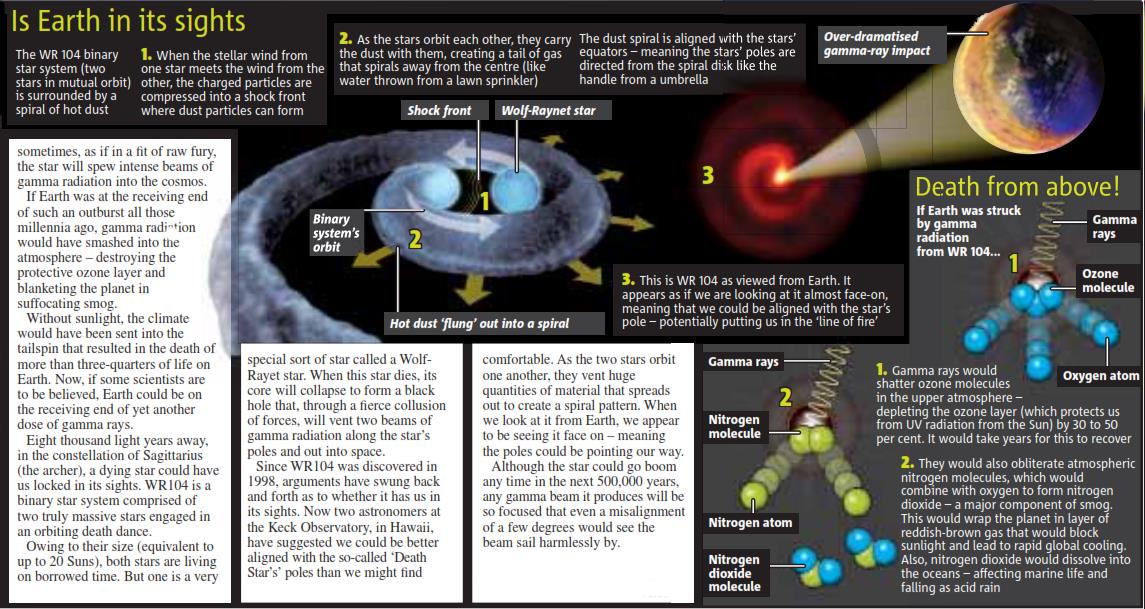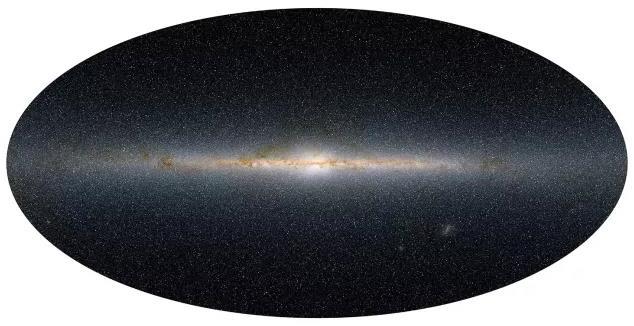The Milky Way (Our Galaxy)
(Image credit: ESA/NASA/JPL-Caltech)
How much do you know about the city you live in? Sure, you've got your favorite restaurants and the best way to avoid traffic during rush hour, but it's unlikely you know the details of every urban nook and cranny. The same goes for the galaxy you live in, the Milky Way.
Our celestial home is an awe-inspiring place full of stars, supernovas, nebulas, energy and dark matter, but many aspects of it remain mysterious, even to scientists. For those seeking to better know their own place in the universe, here are 11 enlightening facts about the Milky Way.
The Milky Way's name is ancient
(Image credit: Universal History Archive/UIG via Getty)
Before the advent of electric lights, everybody on Earth had an unobstructed view of the night sky. The enormous milky band of stars crossing it was impossible to miss. Ancient peoples gave different names to the cloud-like structure of our galaxy, but our modern version derives from the Greeks, who had a myth about the infant Hercules being brought to the goddess Hera, who nursed him while she was asleep. When she awoke and pulled away, her breast milk spilled across the heavens. The source of the Greek name itself has been lost to the ages, Matthew Stanley, a professor of the history of science at the Gallatin School of Individualized Study at New York University, previously told Live Science. "It's one of those terms that's so old that its origin is generally forgotten by now."
We're not sure exactly how many stars are in the Milky Way
(Image credit: Two Micron All-Sky Survey)
Counting stars is a tedious business. Even astronomers argue over the best way to do it. Their telescopes see only the brightest stars in our galaxy, and many are hidden by obscuring gas and dust. One technique to estimate the stellar population of the Milky Way is to look at how fast stars are orbiting within it, which gives an indication of the gravitational tug, and therefore the mass, of the galaxy. Divide the galactic mass by the average size of a star and you should have your answer. But as David Kornreich, an astronomer at Ithaca College in New York, told Live Science's sister site Space.com, these numbers are all approximations. Stars vary widely in size, and many assumptions go into estimating the number of stars residing in the Milky Way. The European Space Agency's Gaia satellite has mapped the location of 1 billion stars in our galaxy, and its scientists believe this represents 1 percent of the total, so perhaps the Milky Way contains about 100 billion stars. [Large Numbers That Define the Universe]



![]()

A free template by Lucknowwebs.com for WYSIWYG WebBuilder 8
Galaxies
Copyright © by Nigel G Wilcox · All Rights reserved · E-Mail: ngwilcox100@gmail.com
Main Index
Space Cosmology
Designed by Nigel G Wilcox
Science Research
*
About
Science Research
Science Theories
Desk
Site Map
BookShelf
Powered By AM3L1A
Galaxies
Pages:
Pages within this section:
1
2
3
Sub-Menu
4
5
Galaxies
6
7
8
9













